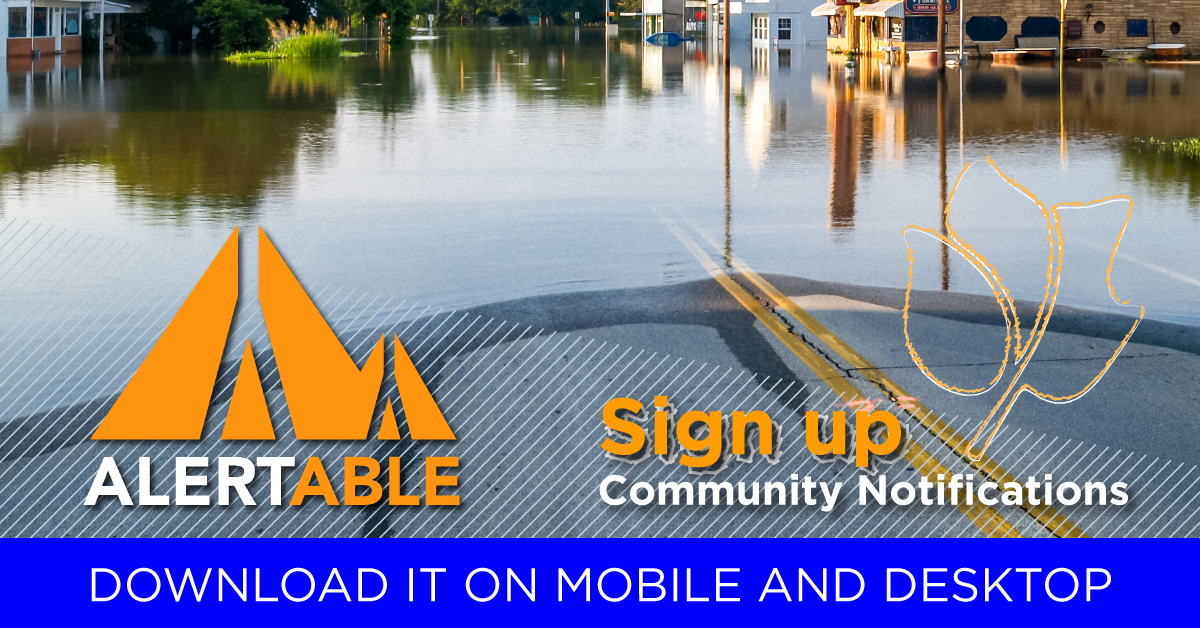Flood Warnings
Current Status
Current Flood Status
There are no current Flood related messages
See below for the last flood bulletin released on October 7th:
Watershed Conditions Statement - Water Safety
Date: October 7, 2025
Time: 12:00 PM
For Tuesday October 7th, 2025, this notice is intended to advise the public and local municipalities of the potential for high water within the NPCA’s jurisdiction as it relates to the Niagara Peninsula, the southeastern portion of the City of Hamilton and the eastern portion of Haldimand County.
The Niagara Peninsula is currently experiencing considerable rainfall in some areas of the watershed. Precipitation amounts of 40 – 60 mm has already fallen in the central and eastern regions, with substantially more rain possible throughout the day.
At the present time, water levels in local watercourses are at or slightly above the seasonal average but remain well below critical flood elevations. This rain will serve to further increase water levels in our local creeks and rivers. Urban and small watercourses are responding much quicker to this rain and may experience higher flows and flooding of low-lying flood prone areas. Major flooding of watercourses is not anticipated at this time.
Residents are urged to stay away from creeks, rivers and all waterbodies at this time due to slippery slopes and elevated water levels as they can be hazardous. We also encourage residents to ensure drainage on their property is not hindered by blocked culverts, catch basins or ditches. Municipal and Regional staff are also reminded to check local storm sewer infrastructure to ensure its capabilities for this event.
The NPCA will continue to monitor these conditions and will issue further messages as required. Information on the Flood Status in the watershed can be found on the NPCA’s website at:
https://npca.ca/flood-status
https://npca.ca/stream-flow-monitoring
This notice is in effect until 9:00 AM, Wednesday, October 8, 2025, and will be updated as required.
For further information contact:
Chris Polap
Flood Risk Management Technician
cpolap@npca.ca
Work: 905-788-3135 x 260
For media inquiries, contact:
Erika Navarro
Communications Supervisor
enavarro@npca.ca
905-650-4027
HAVE YOU HEARD ABOUT THE ALERTABLE APP?
Alertable is a trustworthy and reliable emergency alert software platform used by local, regional and provincial officials to notify and inform the public of disasters and hazards. Alertable provides the most options for the public to receive alerts for maximum user choice and preferences.
Options include a mobile app for iOS and Android, a smart speaker app for Amazon Alexa and Google Assistant devices, social media feeds for Facebook and Twitter, a public website, and soon a chat bot for Facebook Messenger.
Severe weather alerts from Environment and Climate Change Canada and critical alerts from Canada’s national public alert system, Alert Ready, are automatically received on all Alertable products, saving time for local emergency officials from re-broadcasting those.
You can now receive our Flood Advisories from Niagara Peninsula Conservation Authority straight to your device, whether that be Android or Apple.
DOWNLOAD ALERTABLE!
- Google Play: https://play.google.com/store/apps/details?id=com.artermobilize.alertable&hl=en_CA
- App Store: https://itunes.apple.com/ca/app/alertable/id1277488940?mt=8
- For your desktop computer: https://alertable.ca/
What if a Flood Message is Issued for Your Area?
Take heed of the message issued.
Be prepared to follow the advice and instructions of emergency response officials.
Monitoring weather and flood conditions is a shared responsibility of Conservation Authorities, OMNR, and Environment Canada. The OMNR Surface Water Monitoring Centre in Peterborough monitors weather forecasts and water levels across the province, providing the information to Conservation Authorities. Other information is also available from Environment Canada.
Conservation Authorities and the Ontario Ministry of Natural Resources are responsible for forecasting where and when flooding is likely to occur and issuing appropriate messages. Advance warning of an impending flood allows municipalities and other government agencies to put emergency response plans into operation, and if necessary, evacuate communities.
When flooding is possible or about to occur, Conservation Authorities (or the Ministry of Natural Resources in areas where there is no Conservation Authority) issue flood messages to municipal emergency management officials and the media. The municipal officials then take action to warn local residents. Flood messages are posted on Conservation Authorities’ websites. In some watersheds, members of the public can receive flood messages directly through e-mail and/or Twitter.
Messages Key
No flood conditions exist
Be informed and aware.
Water Safety Statements: High flows, unsafe banks, melting ice or other factors that could be dangerous for recreational users such as anglers, canoeists, hikers, children, pets, etc. Flooding is not expected.
Flood Outlook Statements: Early notice of the potential for flooding based on weather forecasts calling for heavy rain, snow melt, high wind or other conditions that could lead to high runoff, cause ice jams, lakeshore flooding or erosion
Flooding is possible in specific watercourses or municipalities. Municipalities, emergency services and individual landowners in flood-prone areas should prepare.
Flooding is imminent or already occurring in specific watercourses or municipalities. Municipalities and individuals should take action to deal with flood conditions. This may include road closures and evacuations.
